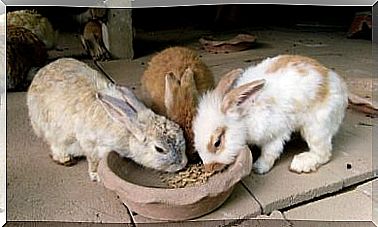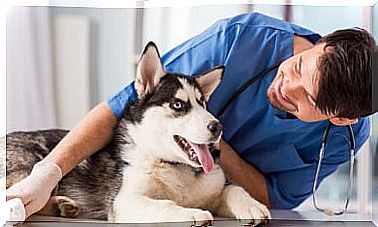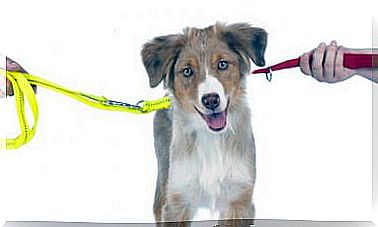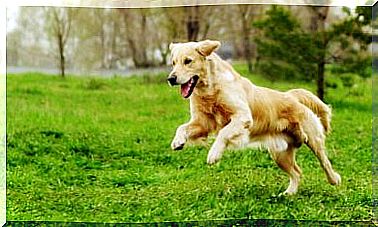How Dogs Benefit Autistic Children

Dogs have been accompanying humans for hundreds of years. In fact, there is no city, town or village in which there are no dogs, we have become accustomed to them as they to us, therefore it would be almost impossible to imagine a world without dogs. This is why they also help us in fields as personal as health, especially when it comes to children.
Growing up with a dog is a beautiful experience. However, there are situations in which it might be thought that it is not appropriate to keep pets, but this is no more than a simple appearance. Next, let’s look at how dogs benefit autistic children.
What is autism and how do pets help?
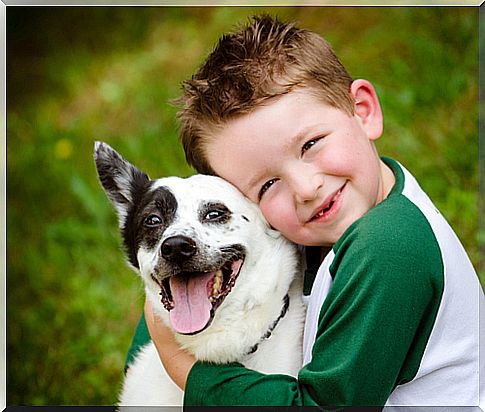
In general terms, autism is a neural and developmental condition, which has its initial stages during childhood and will be suffered throughout life. Autism presents itself in very varied ways, including severe forms of socialization disorders such as Asperger’s, mainly affecting the way people behave, interact, in their learning and language processes.
Currently, the reasons for autism are not known, however it is presumed that genetic and environmental factors have to do with its development. Autism does not have a specific treatment, but efforts are focused on maximizing the abilities of the person, so that they can lead a life as normal and independent as possible, including speech, motor and social therapies and some medications to control some symptoms.
According to a study carried out by the University of Missouri, children with autism who own a pet have greater social skills compared to children who do not. In the case of children who have dogs, they have a better development of these skills.
This may be due to the affective needs of dogs and their ways of expressing affection. While other pets may be a bit reluctant, or will not be suitable for constant handling, dogs are very effusive in their displays of affection, in addition to seeking attention and companionship. Let’s take a closer look at some of those benefits.
Greater socialization
As previously stated, the study found that children with autism and who live with any type of pet, react well within the processes of social therapy. However (although this varies according to the conditions and characteristics of autism that each child presents), interaction with dogs has proven to be extremely beneficial in this regard. The dog becomes part of the child’s social dynamics, his activities and his centers of interest.
They get more involved with the people who make up their home

Due to the responsible ownership of pets, as well as to be attentive to attend to the needs of the child, the game with the dog ends up being a bridge to unite the people who make up the home. The walks and long walks end up becoming perfect excuses to enter the child and expose him to situations in which different dynamics of interaction and recreation are involved.
Children with autism have difficulty approaching people who are outside the home, however if the person initiates the conversation by talking about the dog, the child will be more likely to respond to this and be more open to follow the conversation.
Understanding of attitudes and behaviors
Possibly one of the most difficult situations to deal with with autistic children is deciphering different human attitudes and behaviors, such as gestures and understanding of body language. However, through constant interaction with dogs, children can get closer and begin to understand from the most basic levels (the animal level) to the most complex structures of language.
Is interested in the pet and investigates about it
A relationship of interest about the pet also develops , which leads them to want to know more about the dog. Everything that is related to the dog becomes a relevant topic for them, therefore the processes of socialization with the child are facilitated, always having the use of related themes as a gateway.



